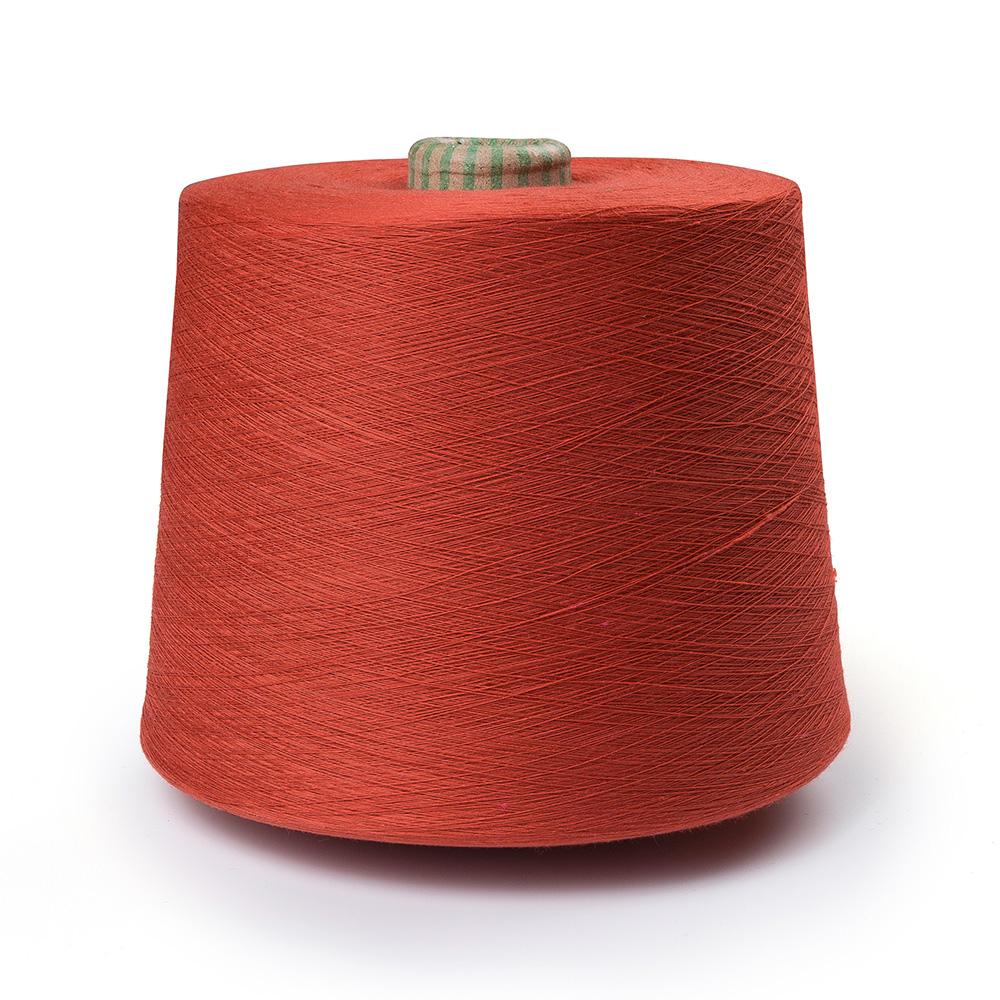If you are interested in some of our products, please feel free to visit our website or contact us for detailed information.

Yarn twist plays a crucial role in both the overall quality and stitch definition of sock yarn. Here's how:
Strength and Durability: Yarn twist serves as the backbone of sock yarn's resilience against wear and tear. When fibers are spun together with a tighter twist, they intertwine more densely, creating a yarn that is inherently stronger and more resistant to abrasion. This tightly bound structure minimizes the risk of individual fibers breaking or separating, thus enhancing the overall durability of the socks. The tight twist acts as a protective shield, reducing the likelihood of pilling and fraying, which are common issues in high-traffic areas like the heels and toes of socks. By choosing a sock yarn with an appropriate twist, crafters can ensure that their handmade socks withstand the rigors of daily use, maintaining their integrity and appearance over an extended period.
Stitch Definition: The precision of stitch definition in knitted or crocheted fabric is intricately linked to the twist of the yarn used. In sock knitting, where intricate stitch patterns abound, achieving crisp, well-defined stitches is paramount. A balanced twist in the yarn ensures that each stitch stands out distinctly, with clean edges and uniform tension. This clarity of stitch definition not only enhances the visual appeal of the finished socks but also facilitates easier pattern recognition and error detection during the knitting process. Whether executing intricate cables, delicate lace motifs, or intricate colorwork designs, a properly twisted yarn ensures that the beauty of the stitchwork shines through, elevating the craftsmanship of the socks to a professional level.
Resilience and Elasticity: The elasticity of sock yarn, vital for ensuring a snug yet comfortable fit, is intricately tied to its twist characteristics. Socks must stretch to accommodate the foot's movements while maintaining sufficient resilience to retain their shape and structure. The twist of the yarn directly influences its elasticity, with a balanced twist striking the optimal balance between stretchiness and recovery. This ensures that the socks conform comfortably to the wearer's foot, providing a custom fit without becoming overly loose or baggy. The inherent resilience of a well-twisted yarn enables the socks to bounce back to their original shape after stretching, preventing unsightly sagging or deformation over time. Whether worn for a quick stroll or an extended hike, socks crafted from yarn with the right twist retain their elasticity and shape retention, ensuring long-lasting comfort and performance.
Yarn Structure: Beyond its mechanical properties, the twist of sock yarn also shapes its structural characteristics and behavior during the crafting process. Different twist directions (S-twist or Z-twist) produce distinct effects on the yarn's handling and appearance. For instance, an S-twist yarn tends to coil tighter and may offer smoother, more uniform stitch formation, while a Z-twist yarn may yield a more textured surface with enhanced stitch definition. The degree of twist influences the yarn's drape, loft, and surface texture, imparting unique visual and tactile qualities to the knitted or crocheted fabric. By carefully selecting yarn with the desired twist characteristics, crafters can tailor the look and feel of their socks to suit their aesthetic preferences and performance requirements, achieving results that are both visually striking and functionally superior.
35D36F High Tenacity high quality dyed color yarn 100% polyester spun yarn for socks

35D36F High Tenacity high quality dyed color yarn 100% polyester spun yarn for socks


 English
English Español
Español








